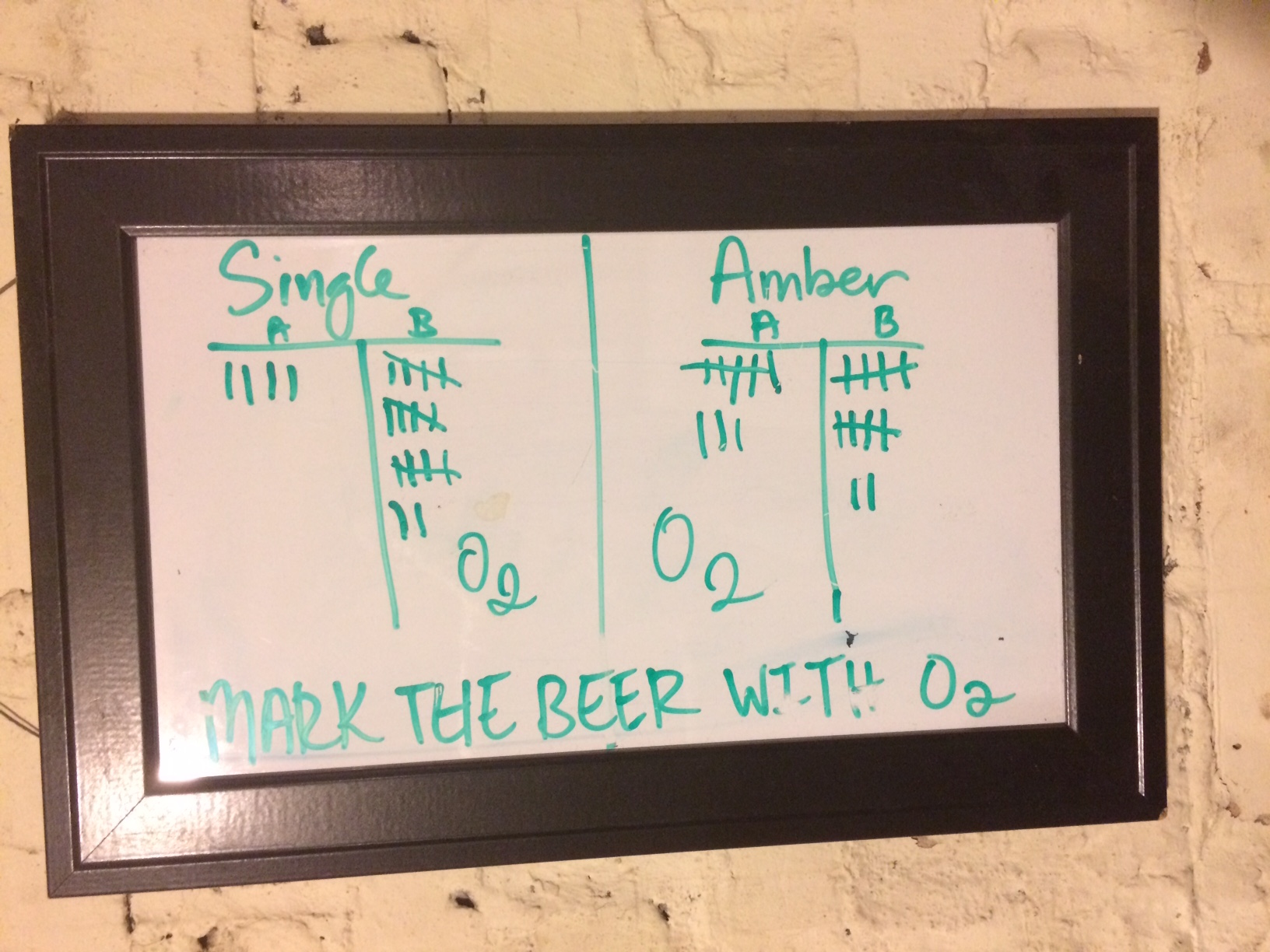To see if using different lager strains made a significant change, brewers all made the same Marzen but each chose a different yeast. Some ale strains were also chosen to see if the difference was noticeable. Brewers also had the option whether to use a single infusion or decoction mash, and whether to use melanoidin malt or not. Base malt was provided by the club
Marzen (5.5G)
1.054OG, 24 IBUs
3.25# Pils
3.25# Vienna
3.25# Munich (10L)
0.5# Caramunich III
0.5# Melanoidin (optional)
1.5oz Hallertau @60
0.5oz Hallertau @20
2.5L Stirplate starter of lager yeast (or equivalent)
mash @152F (or 122F->152F->168F if decocting)
WLP820 –
WLP860 –
WLP830 –
WLP833 –
WLP838 –
Wy2633 –
Wy2124 –
Wy2206 –
Wy2007 –
Fermentis W34/70 –
Wy1007 –
WLP029 –
